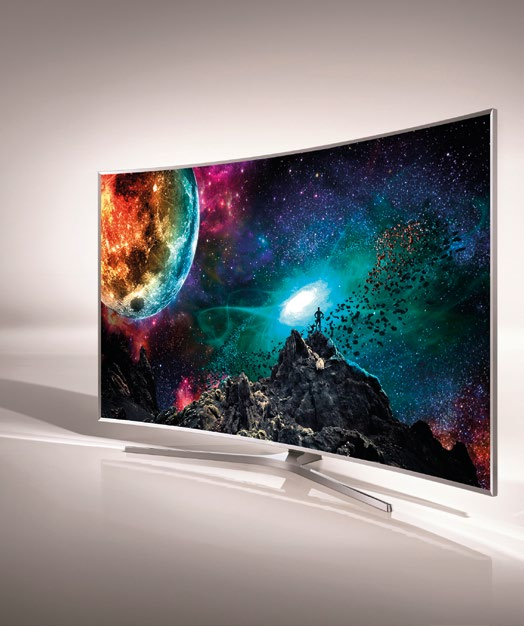What’s better than a UHD TV? A UHD Premium TV, apparently.



What’s better than a UHD TV? A UHD Premium TV, apparently.
Last year, as TV manufacturers strutted their latest and greatest 4K UHD (Ultra High Defi nition) TVs at the annual CES show, something else was brewing behind the scenes. A few of them, along with some heavyweight broadcasters and movie studios also got together to form the UHD Alliance (UHDA), with the aim to forge standards for UHD. More specifi cally, standards for a ‘premium’ UHD experience.
What, isn’t UHD or 4K just Full HD times four? Not quite. Despite the name, UHD no longer just means a resolution of 3,840 x 2,160. Resolution is just one aspect, and technically, it has been overcome since CES 2010.
Today, UHD also encompasses wide color gamut and HDR (high dynamic range), two important elements in our never-ending pursuit of a life-like picture quality on TV. And for the past two years, the industry collectively has been making remarkable progress on the technological side of things. For example, the infinite contrast witnessed on LG’s OLED TVs, and the expanded color spectrum seen on Samsung’s SUHD LCD sets, the latter enabled by quantum dot technology.
Ensuring that everyone is on the same page with UHD is basically what the UHDA hopes to accomplish. And with 35 member companies that include Dolby, LG, Netflix, Samsung, Sony, The Walt Disney Studios, 20th Century Fox, and Warner Bros. Entertainment, there’s a good chance we won’t witness a UHD standards war. The HD DVD vs. Blu-ray kerfuffle is still fresh on everyone’s mind.
Ultra HD Premium
Like clockwork, TV makers have once again wheeled out their newest creations at this year’s CES. New designs and performance improvements aside, some of these TVs (from LG, Panasonic, and Samsung) also paraded a ‘Ultra HD Premium’ logo, the first consumer-facing handiwork of the UHD Alliance.
Yes, in the short span of a year, the group has defined what next-gen video content is.
Broadly speaking, a TV carrying the Ultra HD Premium badge is a cut above those that don’t. The display must have a resolution of at least 3,840 x 2,160



pixels, be able to process a 10-bit color signal, and reproduce more than 90% of P3 colors. For HDR, more than 1,000 nits peak brightness and less than 0.05 nits black level (for LCD), or more than 540 nits peak brightness and less than 0.0005 nits black level (for OLED).
Of course, consumers need not know the specs. All we need to know is when a product or service carries this logo, it conforms to the high standards set out by the UHD Alliance. Does that make pre-2016 flagship 4K TVs lousy overnight? No, but it does leave a sour taste in the mouths of early adopters.
Does that mean all 4K TVs moving forward will follow UHDA’s specs? No to that, too, because not every 4K TV buyer is looking for a premium model. If anything, this certification aims to separate the wheat from the chaff at the high-end segment of the market.
Also, it’s easy to forget that these are just the specs for TVs. The inter-industry group has also laid out standards for the distribution and mastering of UHD content. Put simply, to truly enjoy the benefits, especially HDR, a Ultra HD Premium-certifi ed TV alone isn’t going to be enough. Get ready to buy a new UHD Blu-ray player and new UHD Blu-ray discs. Or wait for compatible streams from services like Netflix. Thankfully, because the major players responsible for these are also in the UHDA, I’ve my fingers crossed that the wait won’t be too long.
























